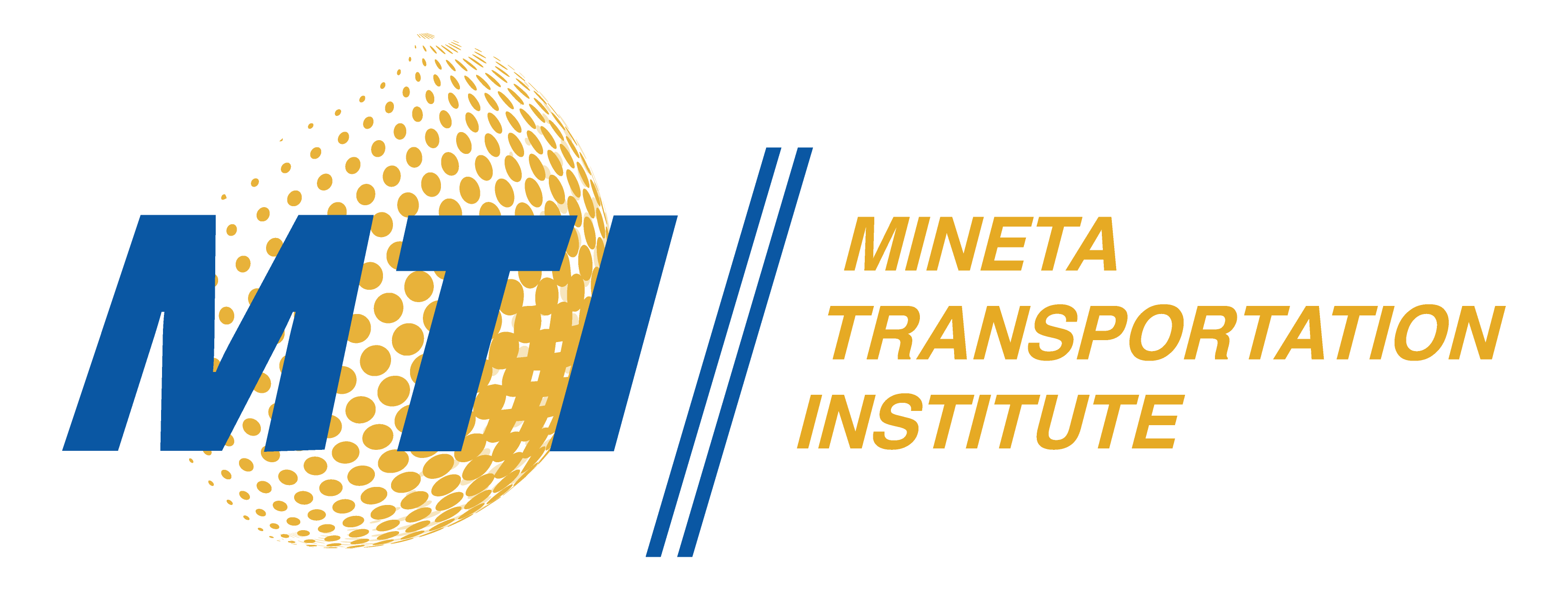Description
Several strategies have been proposed and developed to alleviate the congestion and throughput problem usually experienced in urban areas. These strategies include the use of Intelligent Transportation Systems, signal re-timing and signal coordination, among others. In urban areas, there are often combinations of signalized and un-signalized intersections on corridors that may impact throughput and mobility. This research investigated driver compliance rate (CR) with STOP-signs at All-Way STOP Control (AWSC) intersections that are in close proximity to upstream or downstream signalized intersections. Also, strategies to improve mobility and throughput on segments in an urban area were explored via modeling and simulation.
Thirty isolated segments with combinations of signalized and un-signalized intersections in the District of Columbia were selected for the study. Field data (traffic volumes, signal timing, lane configurations, etc.) were collected at each intersection of the segments. Driver compliance with STOP-signs at AWSC intersections within the segments was also observed. In all, 13,956 observations were made at 57 AWSC intersections. The segments were then modelled in the software program, and two scenarios were simulated. The “before” scenario simulated the existing conditions on the segments. In the “after” scenario, the AWSC intersections in each segment were signalized (and optimized), while maintaining the same conditions at the signalized intersections. Control delay and average travel speed were the measures of effectiveness (MOEs) that were used to assess the performance of the segments in both scenarios.
The results of a regression analysis showed a positive relationship between CR and the distance between the existing AWSC and signalized intersections. A nonlinear regression model developed indicates that, to achieve a minimum compliance rate of 95%, a minimum distance of approximately 1,298 ft. between the intersections is required. Also, a test of comparison of means of the segments’ MOEs in the “before” and “after” scenarios showed significant improvements in the “after” scenarios. Statistically significant reductions in control delays on the segments were reported, while the average travel speed of vehicles significantly increased. The study revealed that even though some un-signalized intersections may not meet the MUTCD warrants for signalization, signalizing and coordinating them with existing signalized intersections will improve mobility and throughput.
Publication Date
6-2018
Publication Type
Report
Topic
Transportation Engineering
MTI Project
1701
Mineta Transportation Institute URL
https://transweb.sjsu.edu/research/Improve-Mobility-Safety-Urban-Areas
Disciplines
Transportation
Recommended Citation
Stephen Arhin. "Exploring Strategies to Improve Mobility and Safety on Roadway Segments in Urban Areas" Mineta Transportation Institute (2018).

